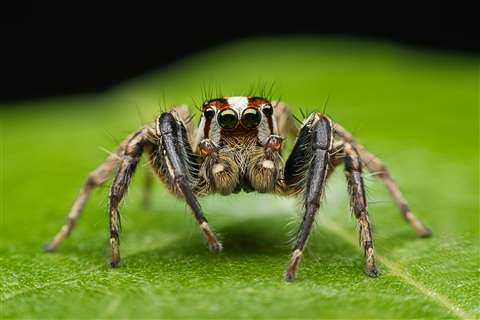A design for greener construction
12 April 2022
Studies of the rigid external covering of invertebrates have helped researchers design more damage tolerant cement that could also lead to lower carbon emissions in construction.
 Patterns found in the exoskeleton of insects and spiders could lead to stronger, lighter cement. Photo: Adobe Images
Patterns found in the exoskeleton of insects and spiders could lead to stronger, lighter cement. Photo: Adobe Images
In a paper published in Nature Communications, Professor Wenhui Duan from the department of civil engineering at Monash University in Australia describes a new pattern found in the exoskeletons of arthropods (a group including insects and spiders).
This pattern adds to the eight already known and has already been shown to add strength to building materials, such as cement and composites.
The research team used 3D printing, combined with nanotechnology and artificial intelligence, to produce a lightweight composite in the newly-discovered pattern, or motif.
The resultant material demonstrated superior load-bearing capacity which, used in construction, could reduce the requirement for cement and thus reduce carbon emissions.
Professor Duan said, “We demonstrated the application of this design motif in producing a high strength, damage tolerant lightweight cement material.
In addition, this design motif can also be applied to various materials such as ceramic, glass, polymeric and metallic materials for advanced materials design, energy storage/conversion and architectural structures.”

